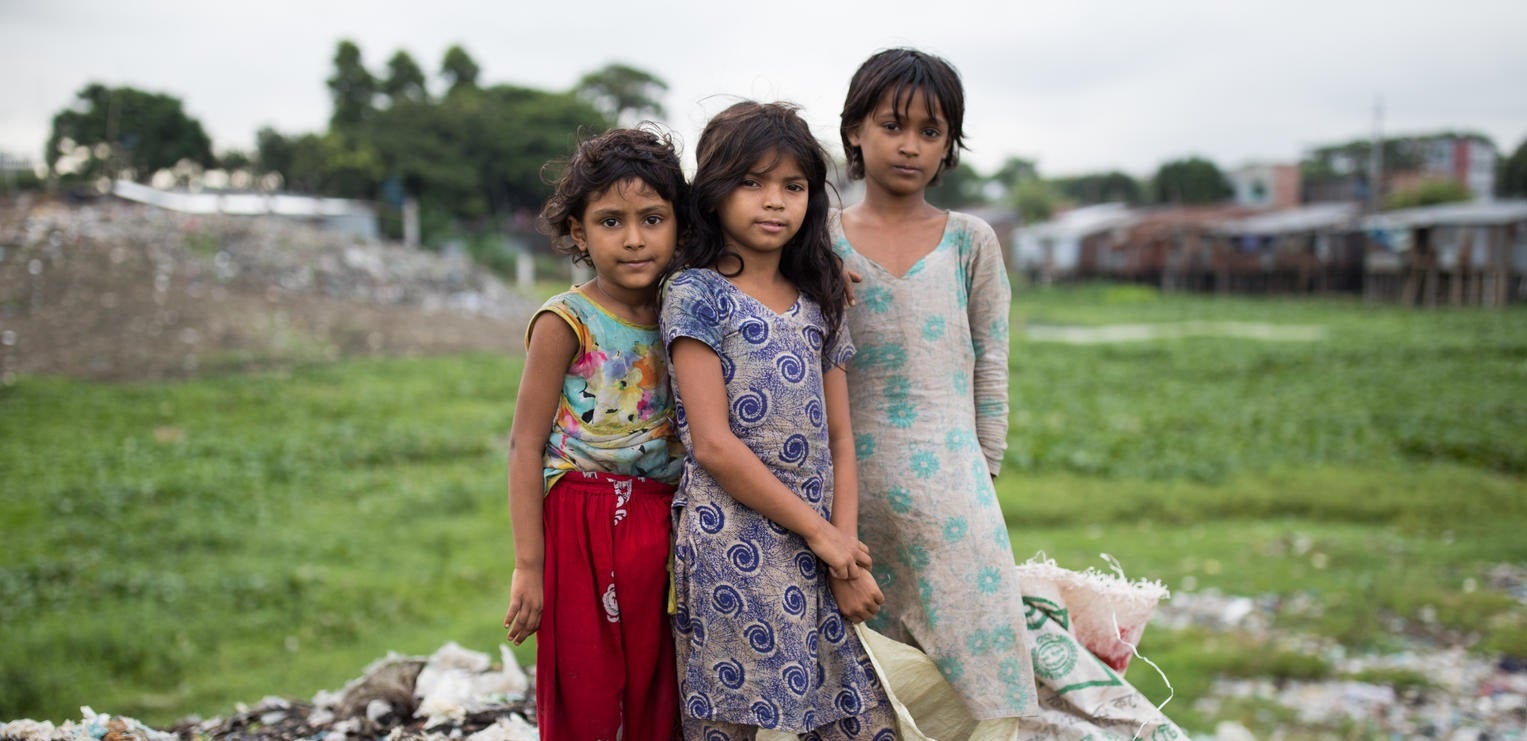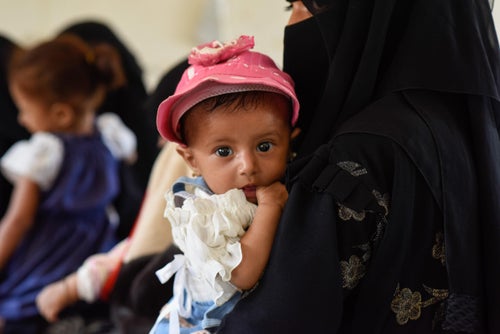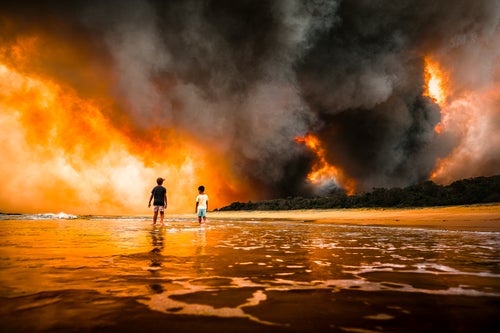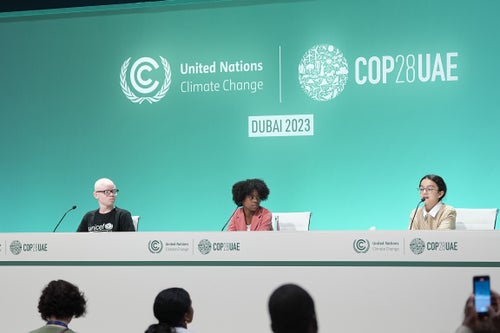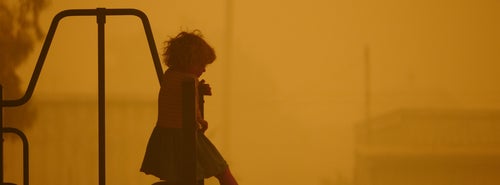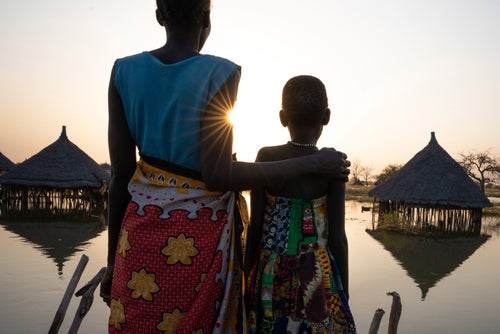As climate change raises global temperatures, heatwaves are becoming more frequent and severe and are lasting longer. We are seeing the impact this is having on over 466 million children around the world.
Today, 1 in 5 children are experiencing at least double the number of extremely hot days - measured as more than 35°C - compared with their grandparents.
This extreme heat, for days on end, has serious effects on children’s health, nutrition, education, and mental wellbeing.
In countries like Sudan, Pakistan, Ethiopia, and Thailand, heatwaves and drought are threatening crops and livestock, challenging access to clean and safe drinking water, and making simple activities like a walk to school unbearable for children due to scorching heat and wind.
UNICEF is on the ground responding to climate disasters like this and building sustainable infrastructure for the future thanks to generous people like you.
Sudan
Due to extreme temperatures, many areas in Sudan, such as Central Darfur, are water stressed, with entire communities relying on one source of water, an open well that gradually dried up. Girls and women must travel long distances in search of water from unclean sources, exposing them to various health and safety risks.
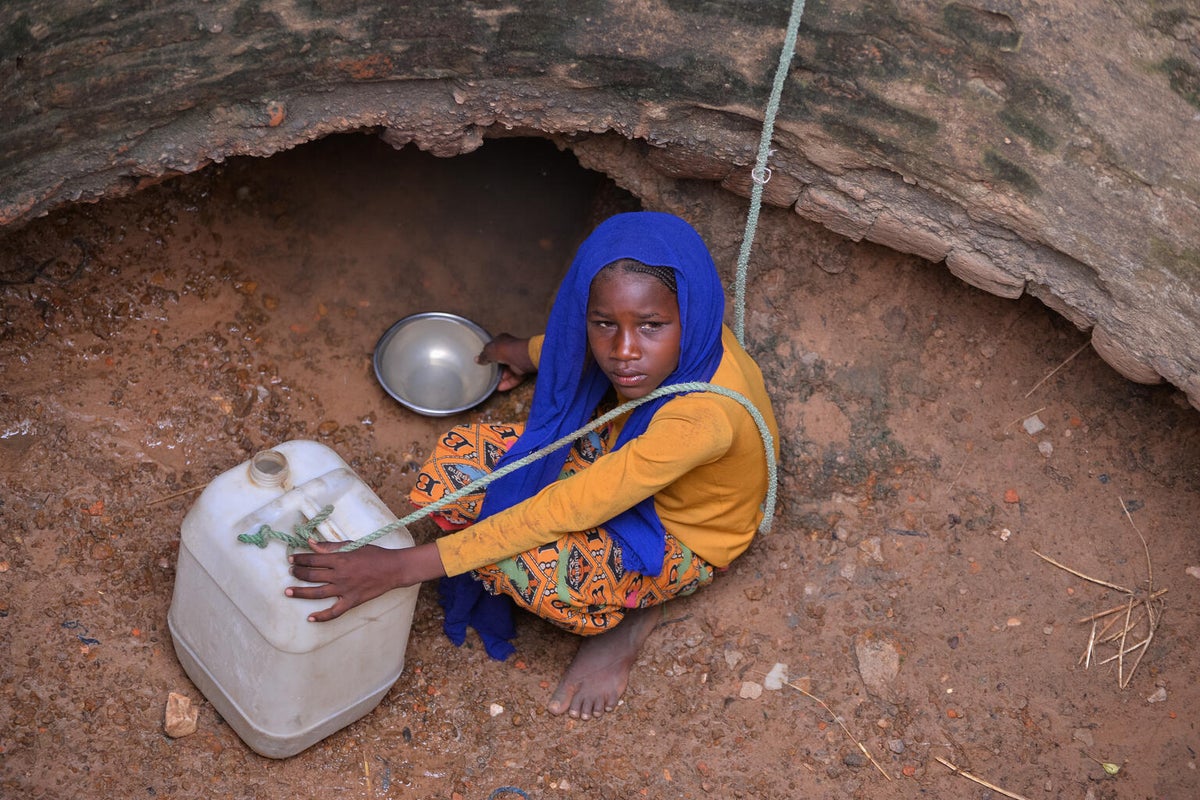
Muzdalifa, who is 12 years old, used to travel far to collect water for her family, often scooping water from a spring at the bottom of a deep well. Today, she no longer treks long distances in the heat after UNICEF provided vulnerable communities with access to safer domestic water supply by partnering with local organisations to construct and rehabilitate water facilities.
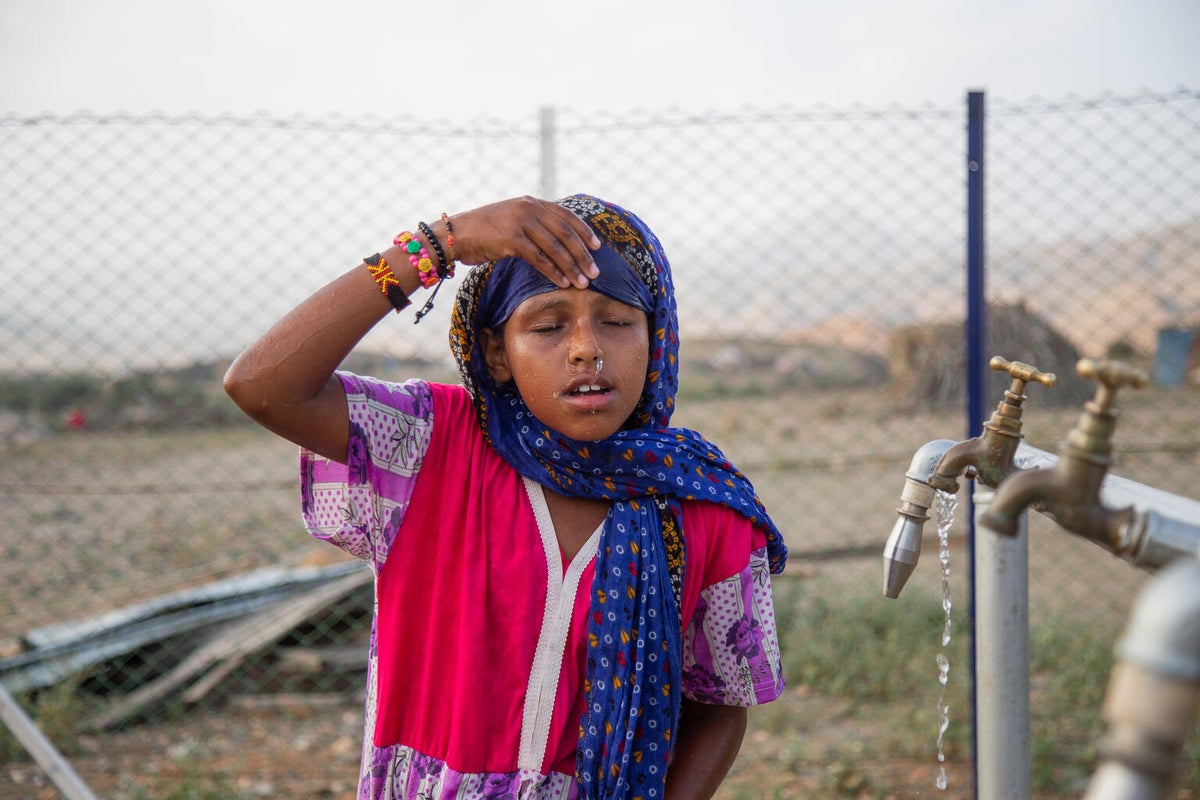
Seven-year-old Madina also struggled to access clean water. Heatwaves and recurrent droughts dried up existing water pumps, leaving a contaminated and unclean creek, shared with animals as the only available water source.
With the support of our partners, UNICEF constructed a solar-powered water system that supplies clean and safe water for communities like Madina’s, significantly reducing the burden of collecting water.
"Before, we used to bring the water from a creek. I used to bring water three times a day and the water wasn’t good. After the new water station, we are done getting water from the creek, no longer suffering, and the water close to our homes became drinkable and easy to collect."
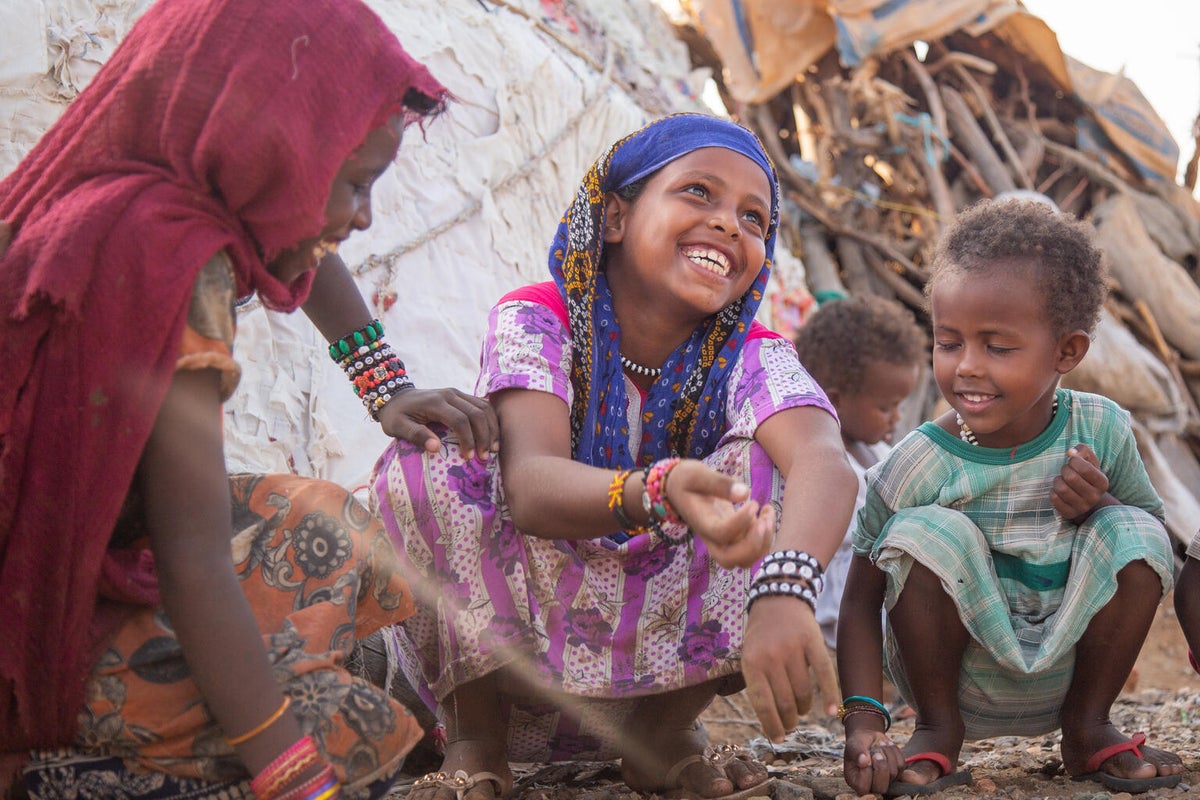
Pakistan
On 28 May 2024, the temperature reached a scorching 47°C in Punjab, a province in eastern Pakistan. Immense heat and soaring temperatures are not new to South Asia, but climate change has increased the intensity, duration, and frequency of heatwaves, placing children and pregnant women at higher risk.
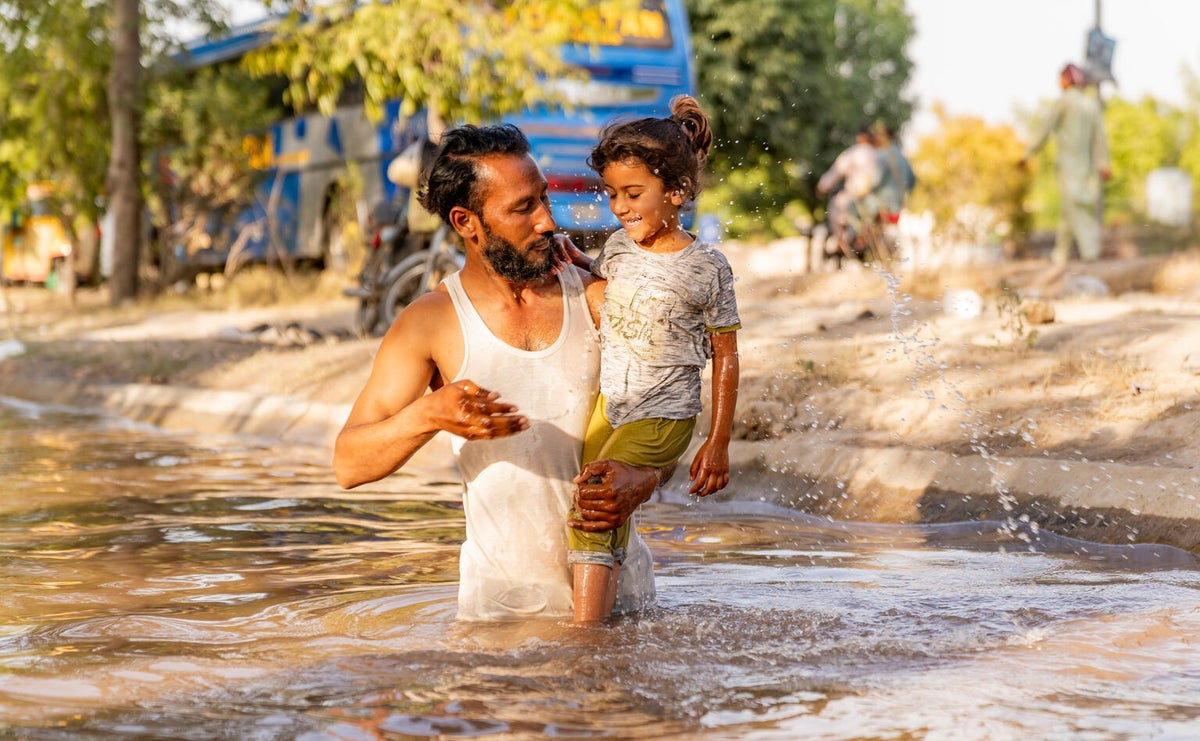
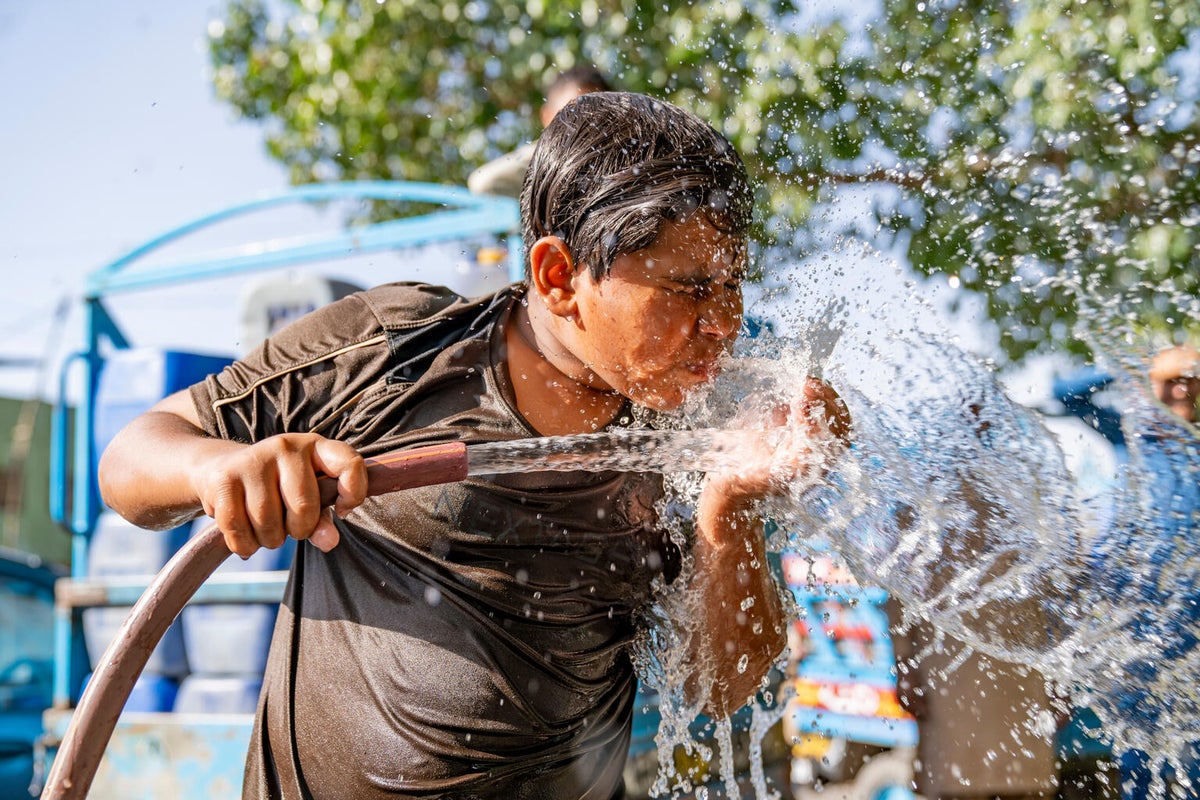
On this day, Muhammed and his four-year-old daughter, Ayesha, splash in the canal together to cool down, and 14-year-old Javaid drinks directly from a water pipe to find relief from the heat. When these photos were taken, the heatwave in Pakistan had already lasted a week or so.
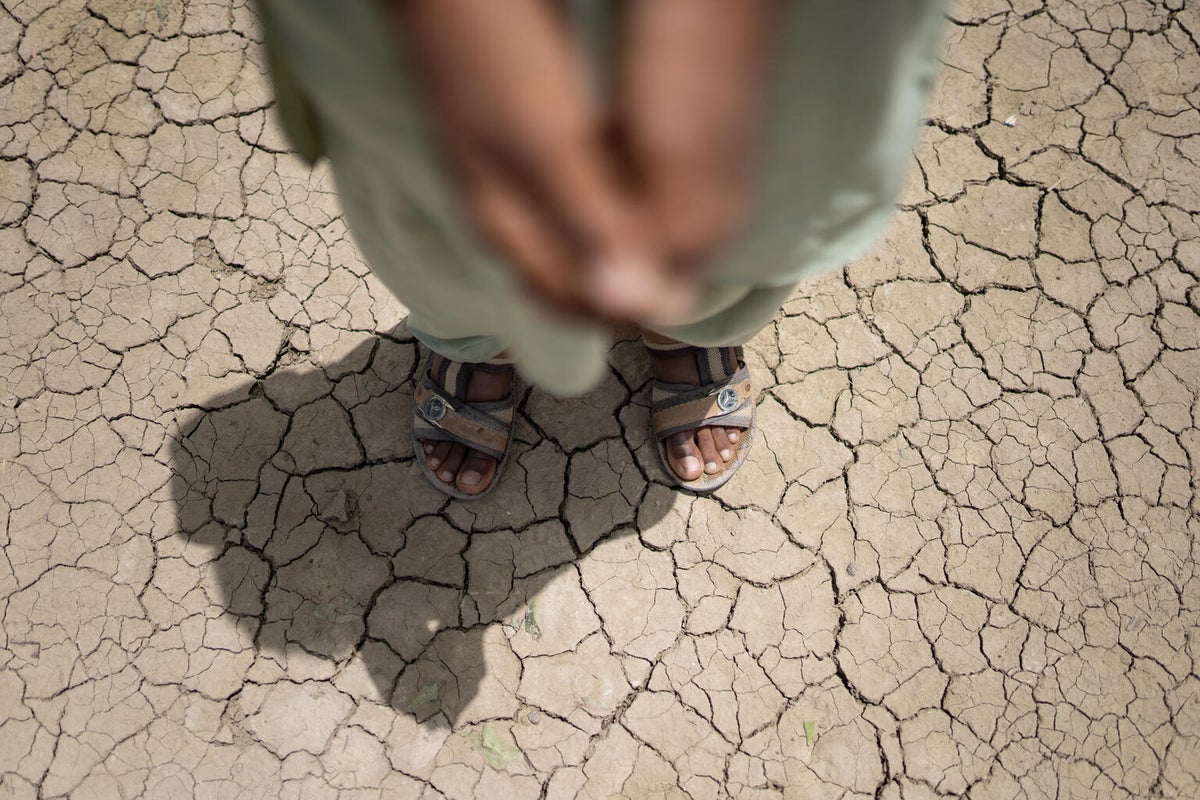
Heatwaves do not affect everyone equally. Children suffer the most as their core temperatures rise significantly higher and faster than adults. Following the 2022 climate-induced floods, extreme weather in Pakistan has only increased. Scorching heatwaves are replacing what would have been the relief of spring as crowded cities endure extreme temperatures and rainy seasons.
With temperatures hitting over 50°C, it has strained existing electrical sources and cooling systems, impacting children’s health, mental wellbeing and access to education. UNICEF is working to implement sustainably powered health facilities and build energy resilience in Pakistan.
Ethiopia
In Ethiopia, extreme temperatures and El Nino-driven droughts threaten crops, livestock, and water sources. This is reducing children’s access to health facilities, food, safe drinking water, and education. Overall, close to 600,000 people have been affected by drought in the region, including the 15,000 people who have been internally displaced.
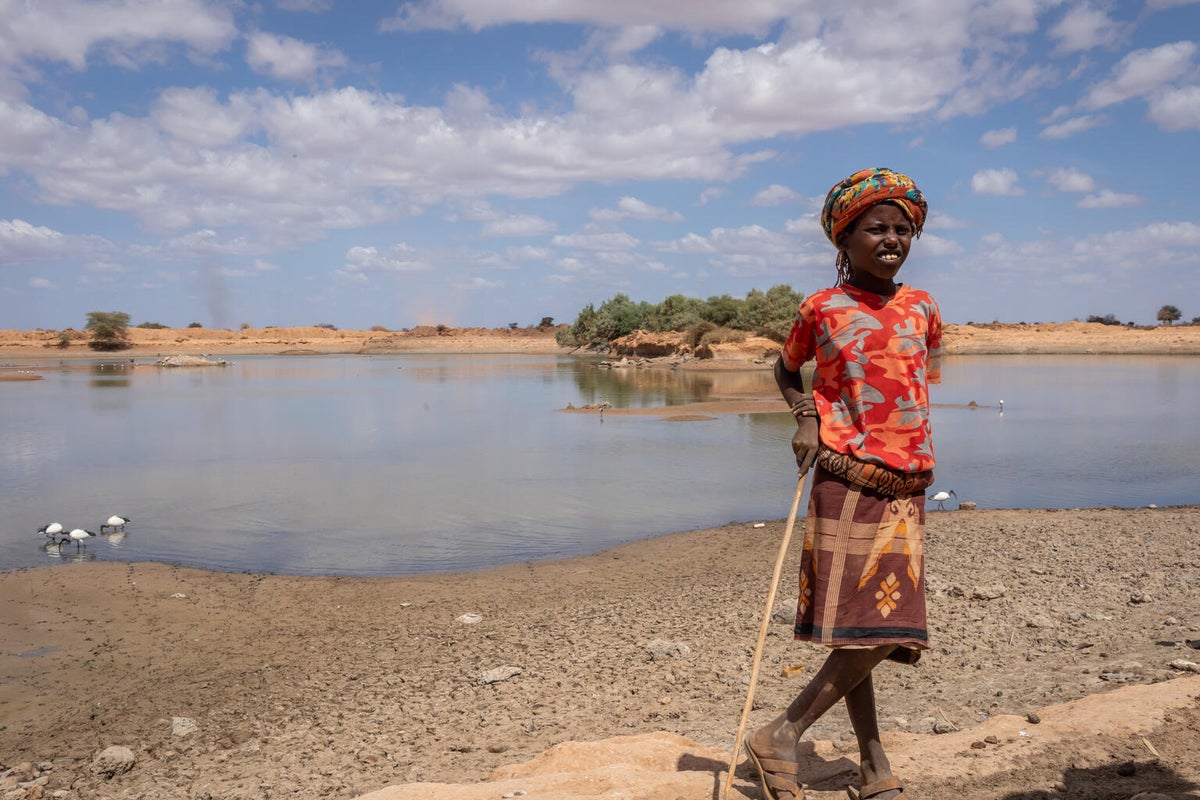
For 10-year-old Bukhari, this lack of access to water means he has never been to school. He accompanies his mother, Dama, to collect water. After they give water to the camels and donkey, Bukhari and his mother will take two jerrycans of water to the cows back home.
"In our village, the children are responsible to look after the animals. There is no water near the village. If water is available nearby, it would be easy for me to go to school. "
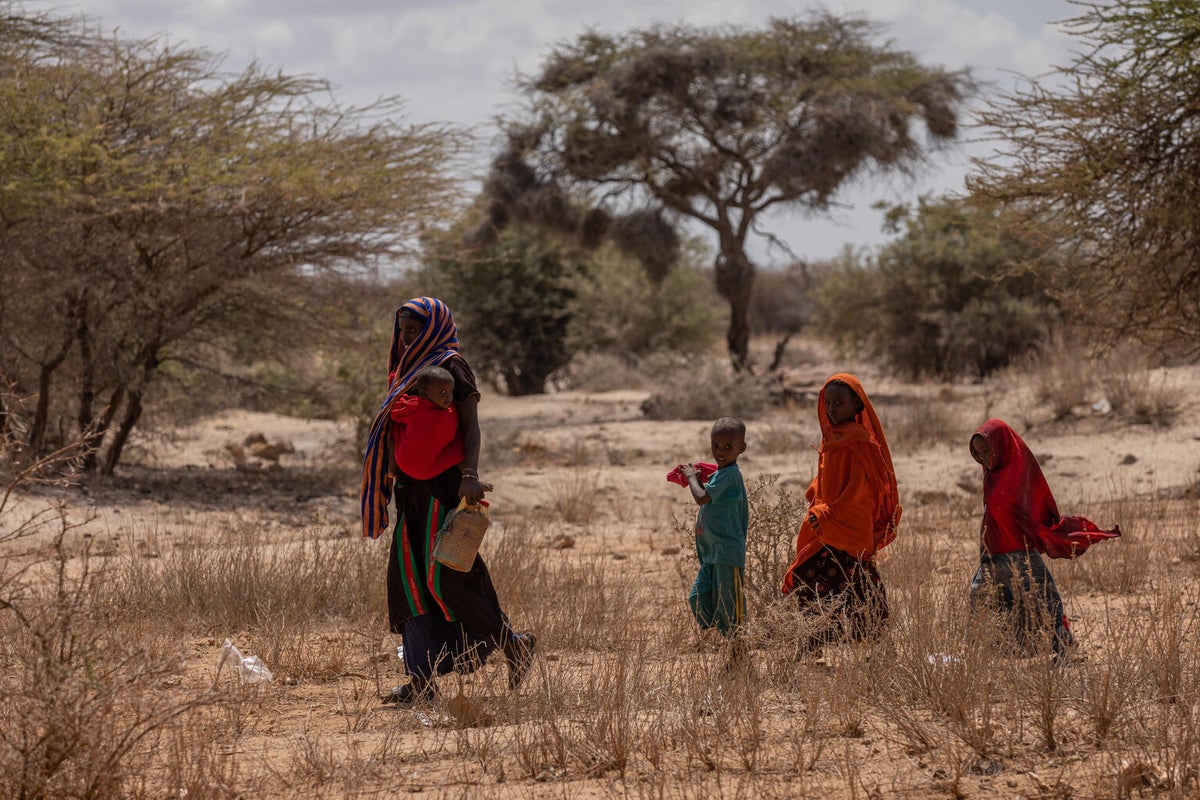
In the Somali region of Ethiopia, the loss of livestock due to severe drought is a major source of food insecurity and chronic water shortage. Women and children must walk long distances in the heat in search of water and are most at risk of malnutrition and disease.
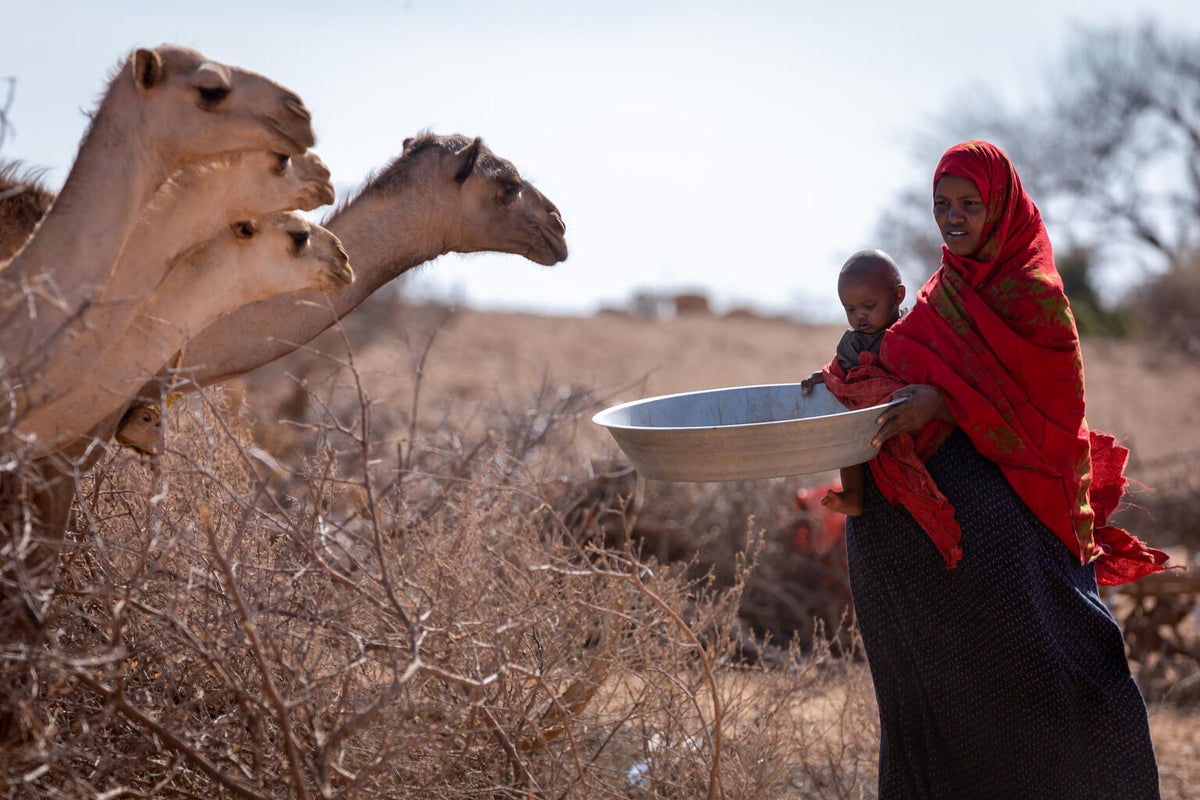
Hafsa, a mother of six, explains the constant struggle to keep her livestock alive due to the absence of pasture and a rationed water supply.
"We are just one month into the long dry season (Jilaal), and I have already lost 25 goats and sheep. I also lost four camels. There is no pasture, and our animals are suffering. I can’t afford to feed them corn. We don’t even have enough for us. "
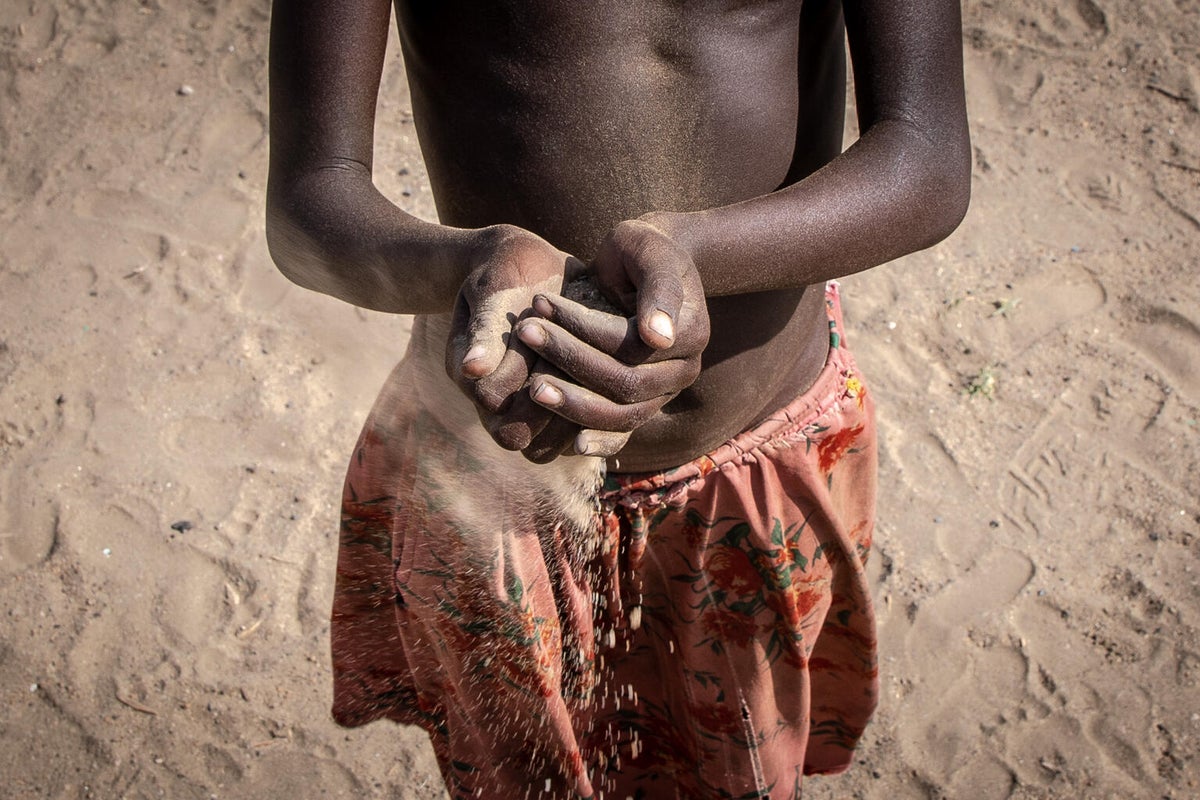
In response, UNICEF is working closely with local partners to provide lifesaving support to those in need, deploying Mobile Health and Nutrition Teams (MHNT) and rehabilitating boreholes and water schemes to treat severely malnourished children, promote health education and provide child protection support.
Thailand
Children in Thailand, especially those living in the northeastern and southern provinces, are at high risk from climate change. This significantly affects every aspect of their daily lives, wellbeing, and development.
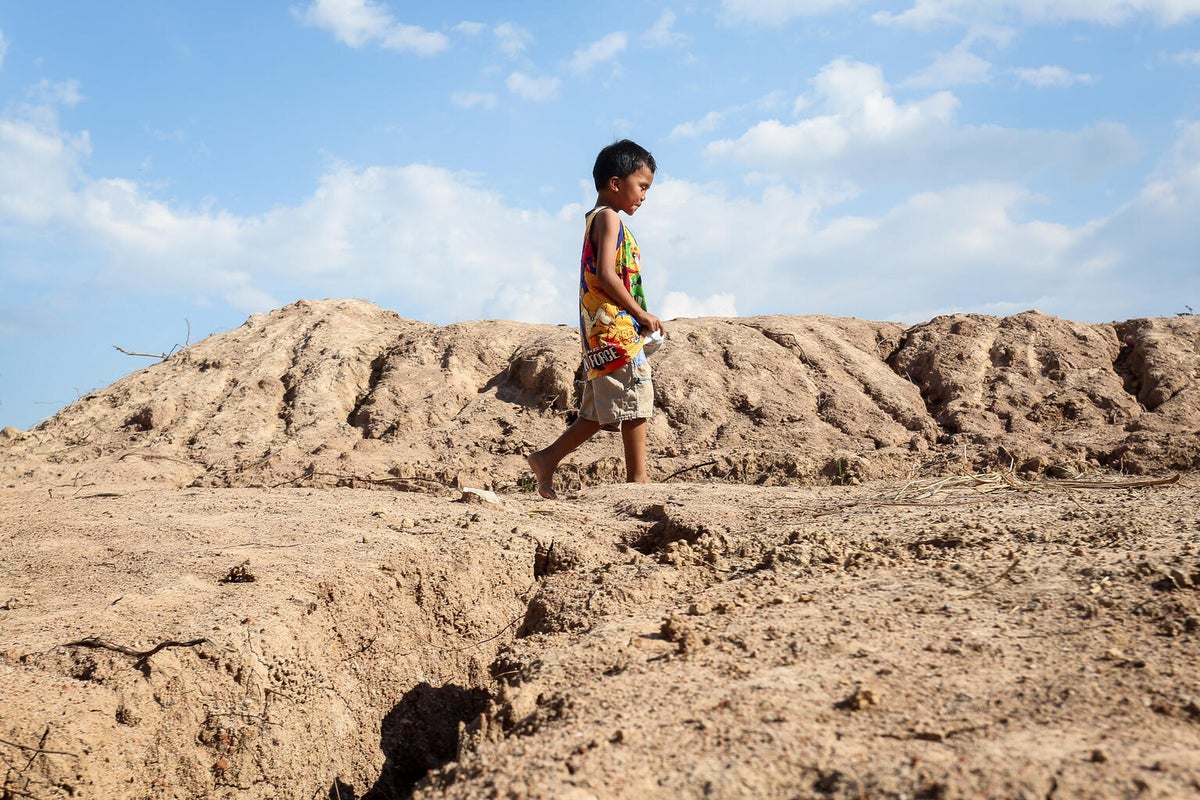
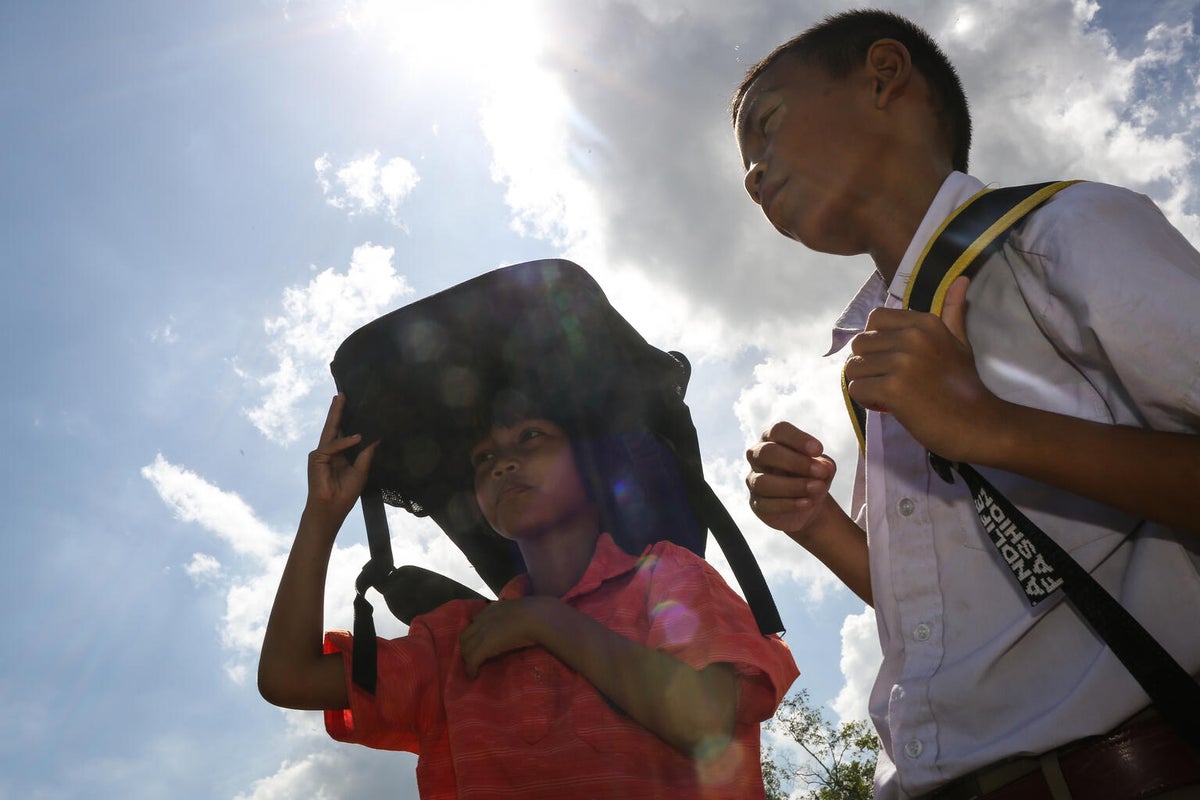
The increase in global temperatures has forced children like Teerawat, Karaked, and Pattawee to endure incredibly hot journeys on their walk to and from school and between classes. Regular activities and play are limited due to the extremely hot temperatures, significantly impacting their development and overall wellbeing.
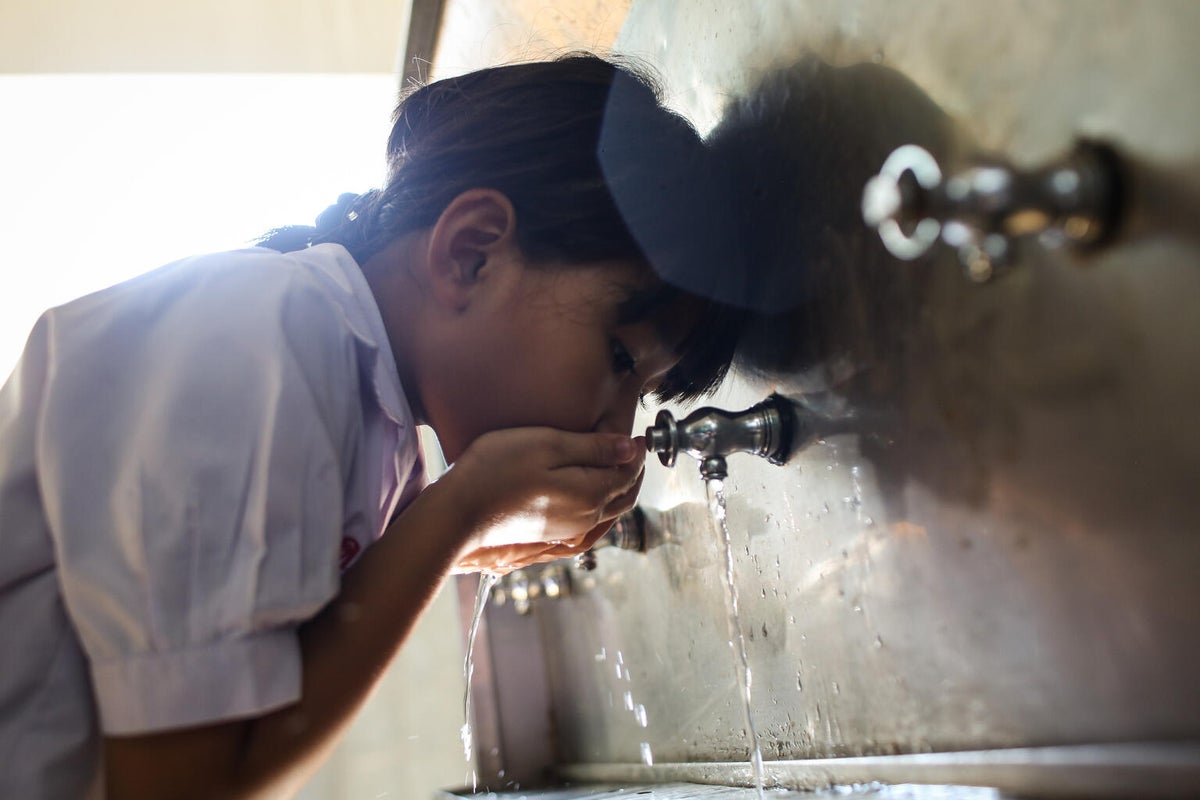
These extremely high temperatures not only cause drought and unbearable heat, but also contribute to water contamination, leading to the spread of diseases and food insecurity.
The primary climate hazards affecting children in Thailand are floods, droughts and high temperatures. Children's immune and nervous systems are still developing and their dependency on adults is high, making them more vulnerable to disease and climate disaster. This is worse for children living in rural areas, from low-income families, or those living with disabilities.
UNICEF is working with and supporting local research institutes and organisations to assess and mitigate the harmful effects extremely hot days are having on children in Thailand.
The climate crisis is a child rights crisis. Together, we can protect children now and in the future.
By 2050, every child on earth will be impacted by longer, more intense, and more frequent heatwaves. In Australia, about 550,000 children live in areas where heatwaves have increased by 50 per cent. Temperatures are rising at a dangerous speed and scale and many communities in Australia and around the world are without the infrastructure or services to endure them.
"Children are not little adults. Their bodies are far more vulnerable to extreme heat. Young bodies heat up faster, and cool down more slowly. Extreme heat is especially risky for babies due to their faster heart rate, so rising temperatures are even more alarming for children. Governments must act to get rising temperatures under control."
Together, we are already making a difference. UNICEF is working to protect every child from the effects of climate change, delivering lifesaving support during climate emergencies and helping vulnerable communities become more resilient to climate shocks. Without the generosity of people like you, none of this would be possible.
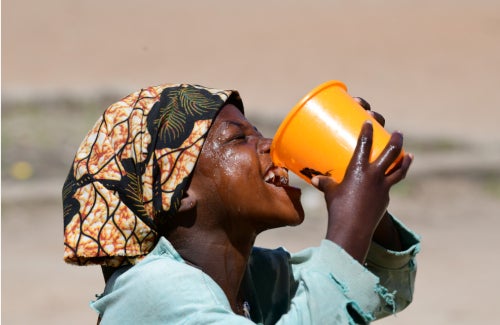
Climate Emergency
Climate is the biggest threat facing the world's children today. Protect them in a changing climate by donating today.
Related articles
Stay up-to-date on UNICEF's work in Australia and around the world


